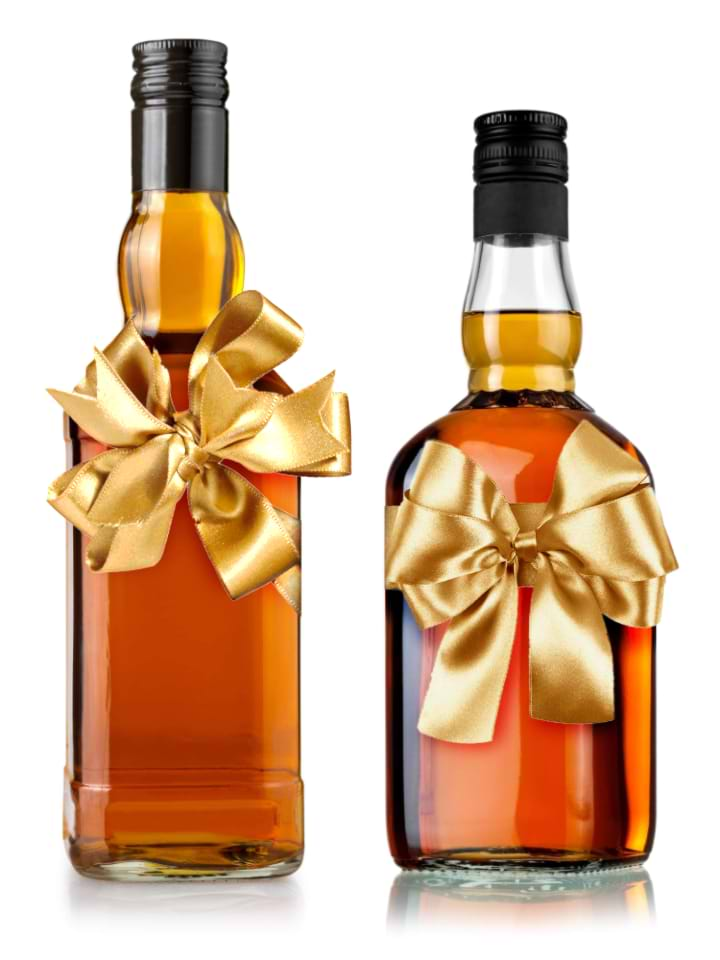
Up, up, and away! One trend you’re undoubtedly already aware of in the whiskey world is rising prices. As the whiskey industry continues to expand at a rapid clip, that trend is unlikely to reverse. In fact, the global whiskey market is expected to be valued at $89.6 billion by 2027, a figure so large that it’s hard to get your head around. So let’s break it down with some more nuanced trends to look out for in 2023.
- Focus on Sustainability: Millennial and Gen-Z consumers have now firmly established that they are willing to pay more for sustainably produced goods. These groups gravitate toward locally-sourced ingredients, which accounts for the rising interest in grain-to-glass distilleries. Bill Henderson, CEO of Laneta Tequila, sees today’s consumers as a departure from their predecessors. “For this generation that is younger, it is less about quantity and more about quality. The idea of better ingredients that are also produced through a responsible process, is a priority and a must for the younger generations who are more educated about our carbon footprint.” Premiumization, or the rise of higher-priced spirits (another trend we’re likely to see continue in 2023), will ease the pressure on producers who face rising costs as sustainability initiatives demand additional investment.
- Investment in Social Media: Taking cues from the hospitality industry as a whole, whiskey distilleries will continue to expand their reach through collaborations with social media influencers. Bartenders at on-premise restaurants will serve up new whiskey cocktails that take visuals into account, opting for creative, social media-ready presentations. As brand storytelling gains momentum in the marketing world, opportunities will arise for whiskey producers to share stories of their distillers, bartenders, and other team members. Short form video tends to outperform other types of social media content, and the creative marketers in the whiskey world are sure to serve up some poignant stories in 2023.
- Diversity, Equity, and Inclusion (DEI): Many whiskey brands are already taking strides to create more diverse workplaces and combat the stereotype of whiskey drinkers only looking a certain way. This momentum will pick up steam in 2023. Du Nord Social Spirits CEO Chris Montana is pushing for expanding DEI initiatives in the whiskey industry, because for him it’s a no-brainer. “DEI just makes good business sense. If you want a business that will be relevant in 20 years, you’ve got to recognize that this country is changing, and has changed, and the younger generation wants a product that reflects their values.”
- Innovation Through Barrel Finishing: Also known as secondary maturation, barrel finishing is a tool that distillers use to fine-tune the flavors of their finished whiskeys. After aging in one barrel, the whiskey is transferred to a different, previously-used barrel to take on some of its flavors and aromas. This practice is not new, but as consumers continue to demonstrate a taste for more complex flavors, the technique will increase in popularity. Some experts warn that too much barrel finishing could be dangerous for the industry, because it can be used to mask the flavor of an inferior product. But for distillers who have mastered their craft, barrel finishing an established product is a sophisticated way to appeal to the most discerning whiskey lovers.
- More American Single Malts: Single malt whiskey has historically been synonymous with Ireland and Scotland. But in the last few years, distillers from around the world have begun to experiment with the spirit, giving it a new, modern twist. In particular, the American single malt is starting to make its mark. American whiskey producers are currently advocating for the establishment of a legal definition for single malt (like those on the books in Ireland and Scotland). Over 200 American distillers are already producing single malt using the guidelines proposed for this legal distinction, and it won’t be long before we see this niche elbow its way firmly onto the scene.
- Riffs on Classic Whiskey Cocktails in the Ready-To-Drink Category: Ready to Drink (RTD) cocktails are having a moment, with sales up over 225 percent since 2016. Consumers are displaying a sustained openness to unique flavors, and Bevsource reports a 46 percent increase from 2017-2021 in canned cocktails that contain botanical extracts. Expect to see RTD producers take advantage of this niche by spicing up the old classics. Whiskey sour with ginger or mango anyone?









